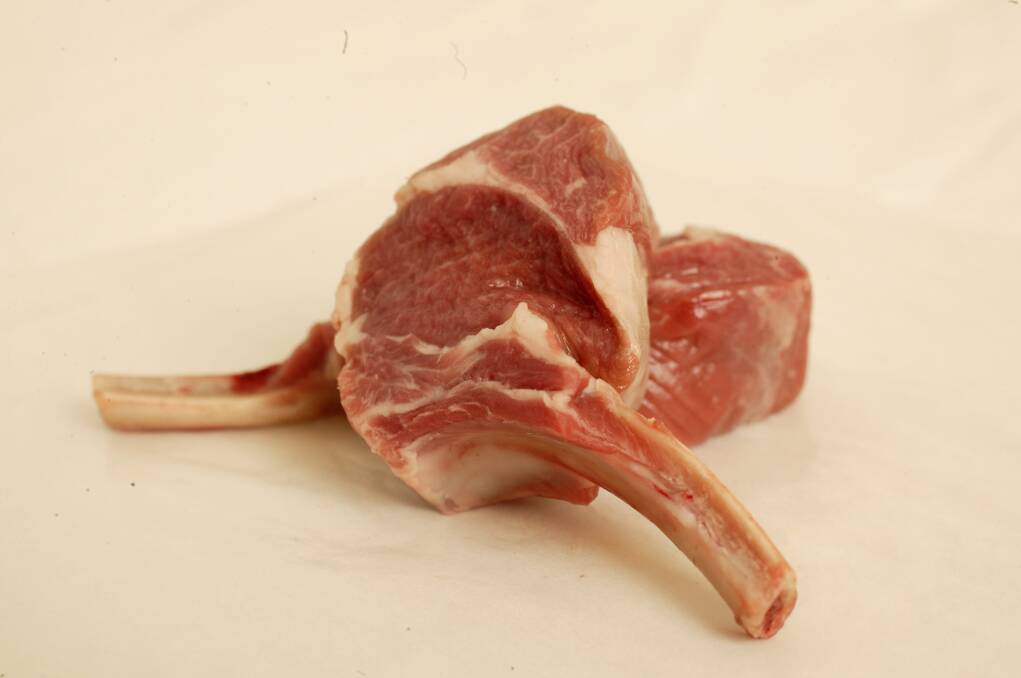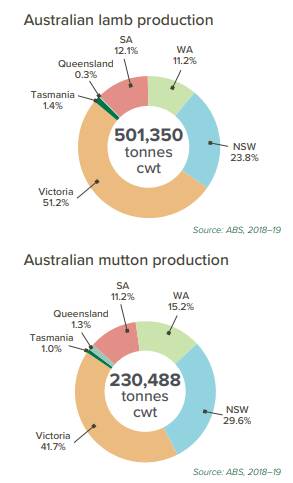
Domestic consumers and overseas importers spent $5.78 billion on Australian lamb and mutton in 2018-19.
The total spend on our lamb was $4.3 billion and would have been more if severe drought hadn't reduced production.
Australians are among the world's biggest consumers of lamb and last financial year ate an average seven kilograms which cost them $1.7 billion.
Lamb exports were worth $2.63 billion 2018-19 while mutton exports were valued at $1.23 billion.
These statistics are contained in the latest edition of Fast Facts from Meat and Livestock Australia.
Almost 32,000 farms business were running 70.6 million sheep in 2018-19 including almost 40 million breeding ewes.
During the year Australia produced almost 501,000 tonnes of lamb and 230,000 tonnes of mutton.

Around 66 per cent of our lamb and 96pc of our mutton was exported.
Greater China's share of our lamb exports in 2018-19 was 38.8pc followed by the US (21.8pc) and the Middle East (18.4pc).
The two biggest mutton importers were Great China (38.8pc) and the Middle East (15.2pc).
Lamb and mutton production (including live exports which were worth $121m) contributed 7pc to total farm value of $61.4 billion.
Lamb had a 13pc share of fresh meat sales (by value) following beef and chicken.
NSW was the leading sheep state in terms of flock numbers with 25.2 million head followed by Victoria (14.7m), Western Australia (14.5m), South Australia (11.8m) Queensland (2.2m) and Tasmania (2.2m).
However, Victoria was easily the biggest lamb (51.2pc) and mutton (41.7pc) producer in 2018-19.
NSW produced 23.8pc of Australia's lamb and 29.6pc of our mutton.
Australia is the world's second biggest sheepmeat producer behind China (around 2.4m tonnes) but the biggest exporter.
Third biggest producer is New Zealand followed by Turkey and Iran.


